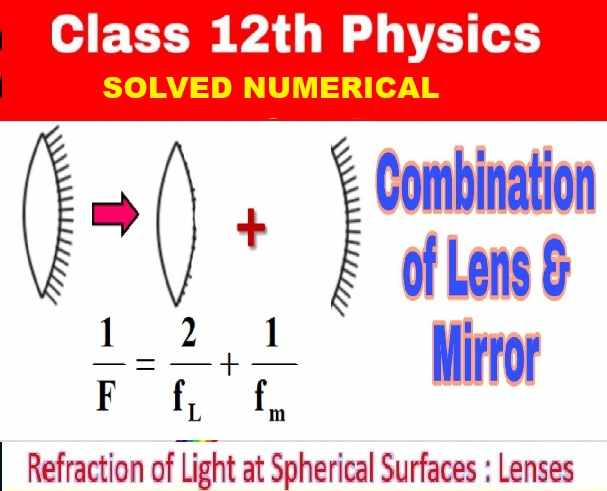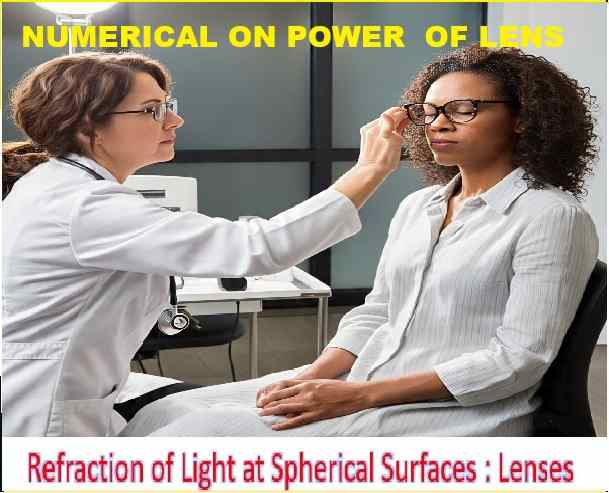Matter MCQs Class-8 Dalal Simplified ICSE Chemistry Solutions Chapter-1, Matter Dr Viraf J Dalal Middle School Allied Publishers Solutions. Chapter-1. We Provide Step by Step Solutions to Correct answer, Fill in the blanks, Give reason of Dr Viraf J Dalal Middle School Chemistry Allied Publishers. Visit official Website CISCE for detail information about ICSE Board Class-8.
Matter MCQs Class-8 Dalal Simplified ICSE Chemistry Solutions Chapter-1
| Board | ICSE |
| Class | 8th |
| Subject | Chemistry |
| Book Name | Dalal New Simplified |
| Chapter-1 | Matter |
| Unit-1 | Matter |
| Topic | Solution of exercise MCQs |
| Session | 2023-24 |
Exercise-1
Matter MCQs Class-8 Dalal Simplified ICSE Chemistry Solutions Chapter-1
Question: 1. Select the correct answer from A, B, C, D & E for each statement given below:
A: Solid B: Vaporization C: Ion D: Gases E: Heat
1. An atom or group of atoms – having a resultant charge.
Answer: C: Ion
2. The state of matter which has – least density & no free surfaces.
Answer: D: Gases
3. In Landolt’s experiment – the form in which the chemical energy stored up in the reactants – is released.
Answer: E: Heat
4. The process of change of a liquid into vapour [gas] on heating.
Answer: B: Vaporization
5. The state of matter, where the inter-particle attraction between particles is maximum.
Answer: A: Solid
Question: 2. With reference to the liquid state of matter – answer the following:
1. On heating the liquid, do the particles gain or lose energy.
Answer: On heating particles of liquid gain kinetic energy. When the temperature is reached to such a value, the kinetic energy is so high that it overcomes the force of attraction.
2. The heat energy supplied to the liquid is absorbed by its molecule & stored as which form of energy.
Answer: The heat energy which is given to the liquid is absorbed by its molecule and get stored in the form of potential energy.
3. How does the stored energy, have effect on inter-particles space.
Answer: The stored potential energy increases the space between particles. The inter-particles attraction decreased due to the increasing distance between the particles. The particles become free and escape as a gas at the boiling point.
4. State why the inter-particles attraction decreases to negligible.
Answer: This is so because when the distance between particles increases, and the force of attraction decreases leading to Inter-particle attraction to almost negligible.
5. At what point will the particles become free and escape as gas.
Answer: At the boiling point.
Question: 3. Complete the statements by filling the blanks with the correct word from the bracket:
1. In naphthalene, the inter-particles attraction is low. [high/low].
2. The law of conservation of mass, is strictly valid if mass and energy [energy/volume] are considered together.
3. When inter-particle space increases, the inter-particle attractive force decreases [decreases/increases].
4. Kinetic energy of molecules in helium is large [large/very large] compared to the kinetic energy of molecules in water.
5. Conversion of vapour [or gas] into a liquid is termed liquefaction. [liquefaction/vaporization].
Question: 4. Give reasons for the following:
1. Particles of matter possess energy called kinetic energy.
Answer: As we know kinetic energy is the energy posses by a body due to its motion, as particles of matter are continuously moving, therefore they are in continuous motion. Hence they possess kinetic energy.
2. Solids cannot be compressed, but gases are highly compressible.
Answer: Solids are not compressible, because particles of solids are closely compact with each due to the high force of attraction, therefore, they have the least intermolecular spaces, hence they cannot be compressed. Gases are highly compressible because particles of gases are loosely bound, due to weak intermolecular force of attraction, therefore, they have large intermolecular spaces, hence they can be compressed to a great extend.
3. Kinetic energy of molecules of gases is very large & of solids, the least.
Answer: Kinetic energy of molecules of gases is high because
- Gases have large intermolecular spaces
- Gases have the weak intermolecular force of attraction.
Whereas, in solids, kinetic energy of molecules is the least, because
- Solids have the high intermolecular force of attraction
- Solids have the least intermolecular spaces.
4. On heating a sublimable solid, the molecules break free & escape from surface of the solid directly into vapour.
Answer: The kinetic energy of the particles at the surface of a sublimable substance is high due to which on heating, these particles acquire energy and overcome the interparticle forces of attraction. Such solids directly change into gases.
5. Particles of matter move more rapidly on application of heat.
Answer: As the temperature increases, particles absorb heat energy and their kinetic energy increases, therefore their speed increases more rapidly. This phenomenon can be seen in case evaporation. The rate of evaporation increases with increase in temperature.
Question: 5. Complete the blanks with reference to interconversion of matter on basis of kinetic theory – with the word ‘increase’, ‘decreases’, ‘gain’, ‘lose’, or ‘overcome’ in each case:
1. During melting of solids, the inter-particle space increase.
2. During vaporization, the liquid particles gain energy.
3. During liquefaction, the particles lose energy.
4. During solidification, the inter-particle space decreases.
5. During sublimation the inter-particle attraction is overcome.
—: End of Matter MCQs Class-8 Dalal Simplified ICSE Chemistry Solutions Chapter-1 :—
Return to – Dalal Simplified Chemistry for ICSE Class-8 Solutions
Thanks
Share with your friends.


